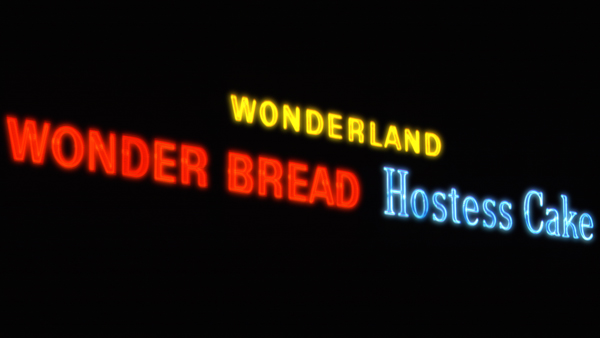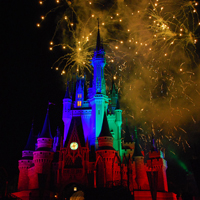How Do Fireworks Make Light and Color?
First of all, light and color are not two separate things. All light has some color and color is produced by our perception of light. So light and color in fireworks are made exactly the same way. There are two sources of light in fireworks. The first is simple incandescence, or light and color that is produced just because material is heated to very high temperatures. This can be considered the "fire" in fireworks. Just like a campfire emits light with yellow, orange, and red colors simply due to the high temperature of the material being burned, fireworks can produce similar colors due to the very hot explosion and burning of the explosive charge. These reds, oranges, yellows, and whites due to incandescence are the dominant colors in most fireworks even though they are often the colors we pay least attention to.
The second method by which light and color is produced in fireworks is atomic and/or molecular excitation followed by emission of light. This is the same process that produces the interesting colors we see in neon signs as shown in the image above. Different elements and molecules will emit their own specific colors of light after they are excited by high levels of electrical energy (as in the neon signs) or heat energy (as in the fireworks). For example, sodium is a very strong emitter of yellow light. This can sometimes be seen by putting ordinary table salt (sodium chloride) into a candle flame. Sodium emission due to electrical excitation is also what produces the saturated yellow colors seen in some street lights and parking lot lights in large cities.
A variety of atoms and molecules are used to produce colors in fireworks. Some examples include sodium for yellow, calcium chloride for orange, strontium chloride for red, barium chloride for green, and copper chloride for blue. Think about all these atoms and molecules being heated up by incandescent explosions and then emitting their beautiful colors next time you see a fireworks display!
![]()
Explore the NEXT TOPIC at this level.
Explore the NEXT LEVEL on this topic.
Ever wonder ... How does a color television make colors?
Updated: June 3, 2010

